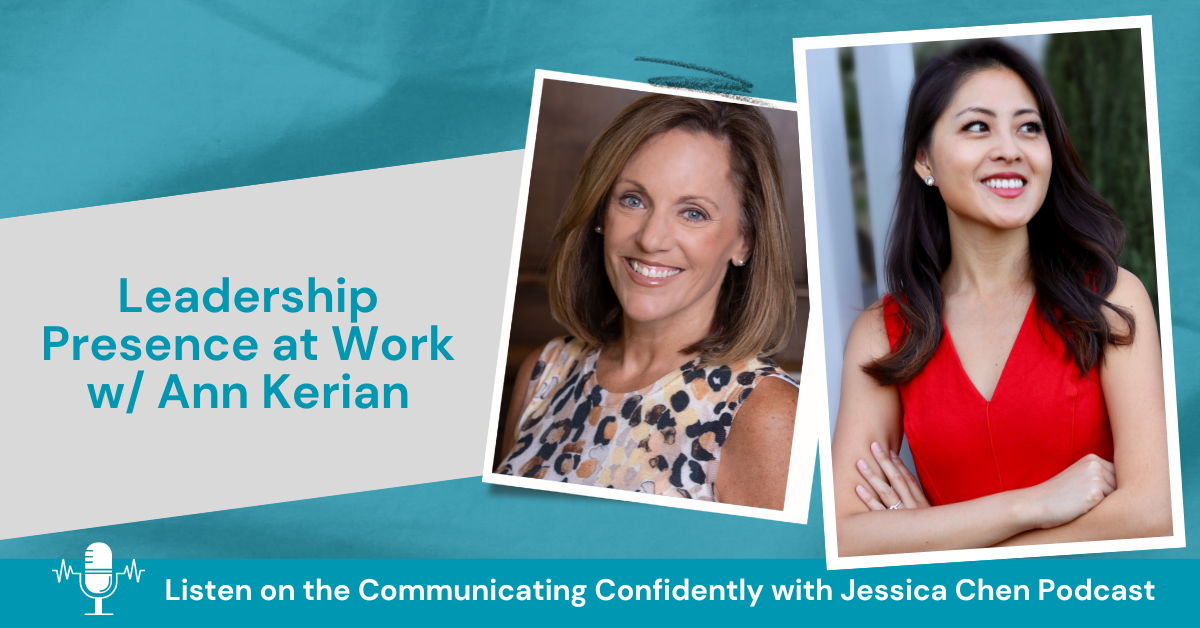Tone of Voice Expert, Dr. Wendy Leborne Joines our ‘Souldcast Media Live’ To Discuss How To Use Your Voice AS A LEader And Ways To Find Your Voice Brand
We recently hosted a Soulcast Media LinkedIn LIVE event where our CEO & Founder, Jessica Chen, and TEDx speaker and voice pathologist, Dr. Wendy LeBorgne broke down the power of speaking and how tone of voice can make a huge impact on relationships.
Have you ever had an experience, where you picked up the phone and knew immediately who it was on the other end? Just by the first word they said?
Your voice is part of your brand. Whether you like it or not, it contributes to how people see you and make judgments about you (assertive, energetic, tired, etc.)
1. Practice Developing Your Authentic Voice
What is an authentic voice? It’s something that can’t ever be forced and it has to be true to you and who you are as a person.
Here are some ways to craft your authentic voice:
– Increase your breath efficiency
When people refer to their “stomach voice,” it’s because they are conscious of their diaphragmatic breathing. You can begin diaphragmatic breathing by engaging your abdominal muscles, and diaphragm when breathing. If you have adequate breath support, you’ll be able to set your vocal folds into vibration, meaning you’ll be able to talk with a deeper and smoother tone of voice.
– Do facial flexibility exercises
If you start implementing facial flexibility exercises, you’ll help loosen your facial muscles, which will allow for greater movement.
Example: Place your palms on the sides of your face and slowly massage the jaw and cheek muscles in slow small circular motions. This will loosen up your jaw before you speak.
– Use variability
While maximizing your voice intensity is helpful, Dr. LeBorgne says at the end of the day, it’s the variability in intensity that keeps people interested in your voice when speaking.
“To grab somebody’s attention from a leadership standpoint, if you’re talking in a meeting and you get quiet, I promise it makes people look up,” Dr. LeBorgne said. “It’ll also make them incredibly uncomfortable because they don’t know what they’ve missed. Changing the intonation or intensity pattern when you speak can make a huge difference in your execution.”
– Be self informed
Being self informed doesn’t mean being self critical, but being self aware of what’s working and what’s not working. Identify where you need to make improvements and make adjustments accordingly.
Example: During meetings, do you notice you speed through important parts by talking too fast? You can fix this by emphasizing specific words and phrases, pausing between key points, and making an effort to slow down your speech next time you talk.
2. Ask For Feedback

Ask your peers to give you feedback on what they think your style of communicating is. What do they think about your communications ability? Do they think you appear nervous and talk too fast in meetings? Do you ramble on one topic for too long? Is there anything they think you can improve?
Sometimes, we can be biased of our own abilities, therefore it’s important to have different perspectives.
3. Remember To Take A Break

Want to learn how to do a stretching contraction? Watch the full discussion on Jessica’s LinkedIn page.
__
Whenever you’re ready, there are 3 ways we can help you:
- Discover your communications style so you know where to start. Over 4,000 people have found theirs here.
- Attend our monthly communication workshop to build communications confidence (new topics: public speaking, advocating for yourself, building credibility, etc) here.
- Get your brand in front of 43k+ people by sponsoring our newsletter or Soulcast Media | LIVE LinkedIn events [contact: hello@soulcastmedia.com]











